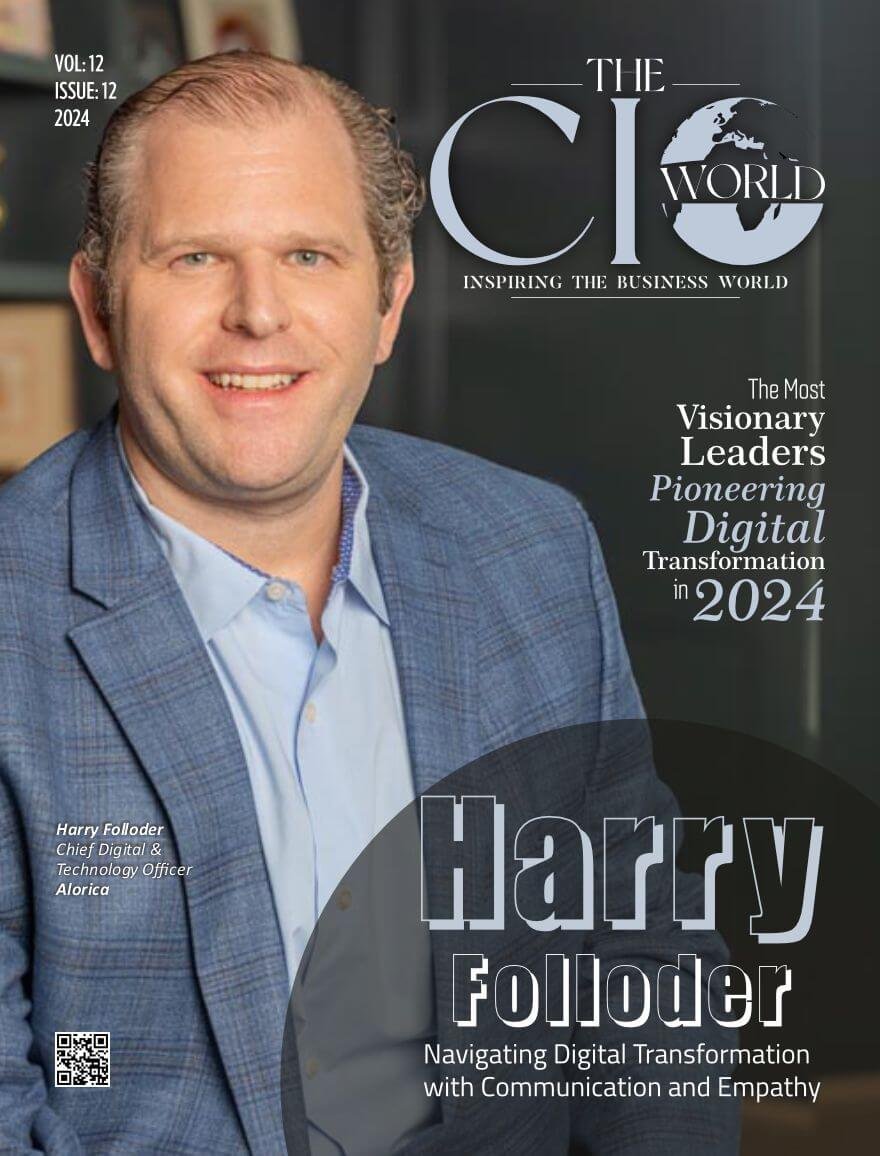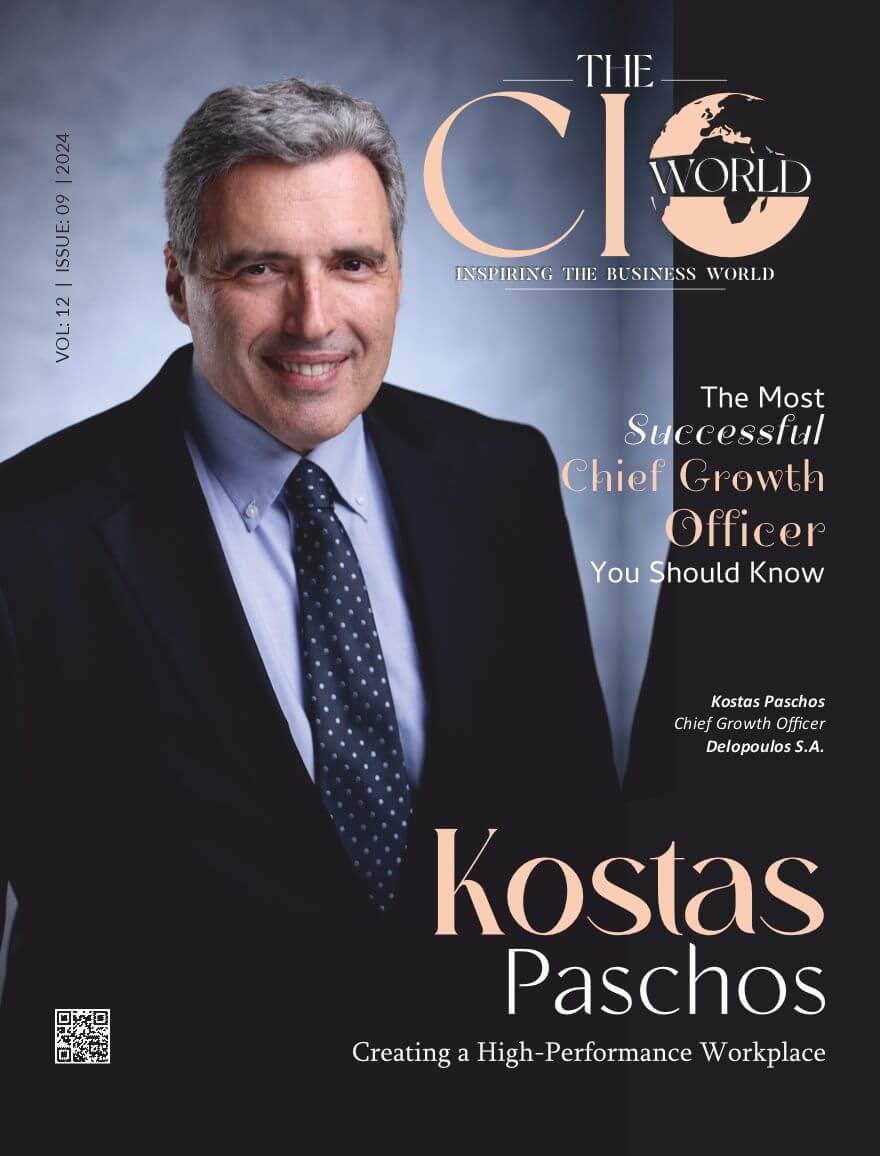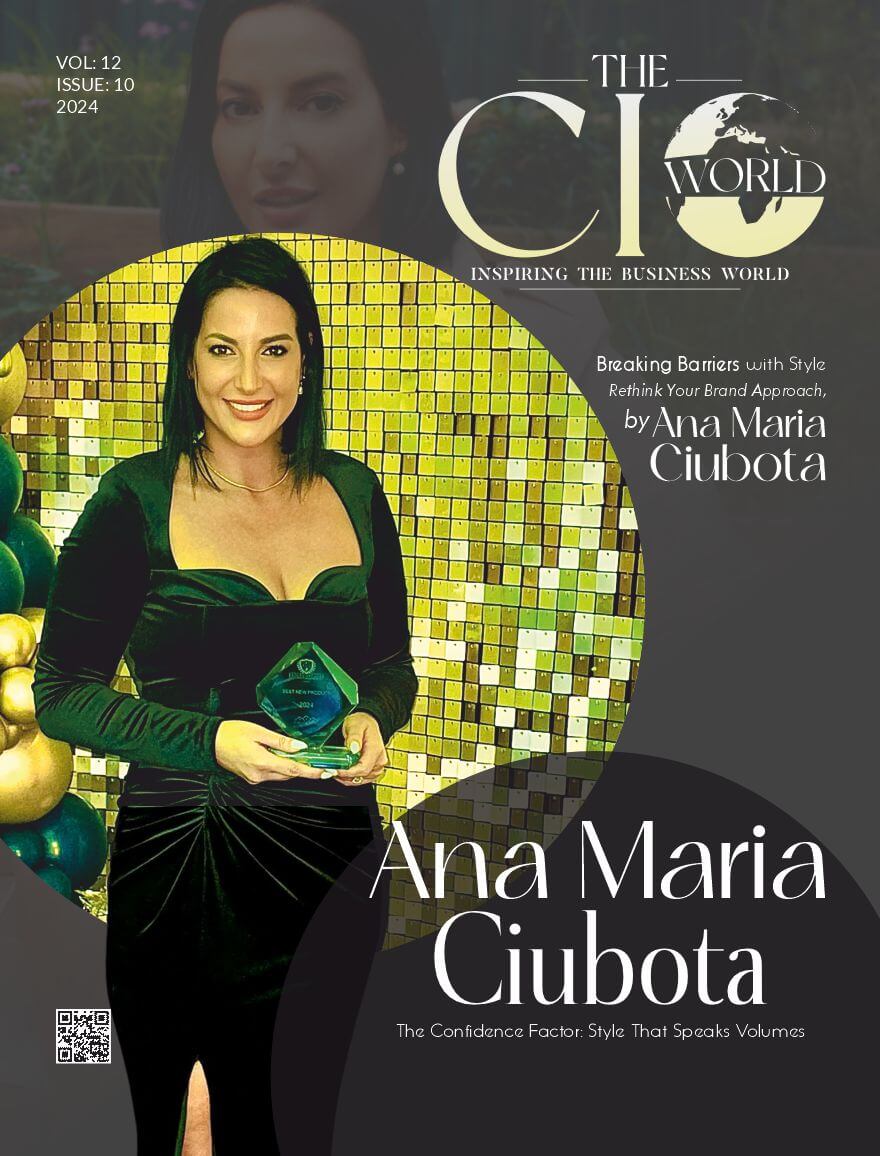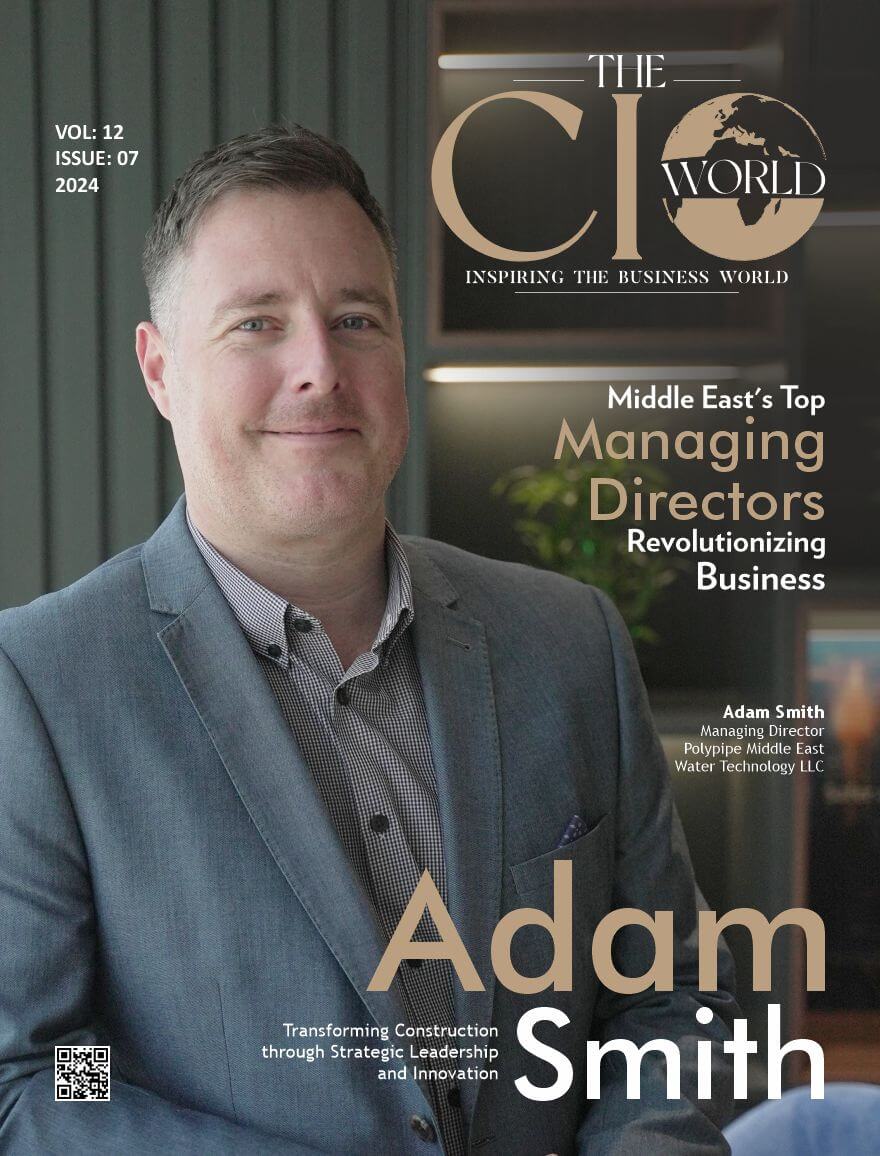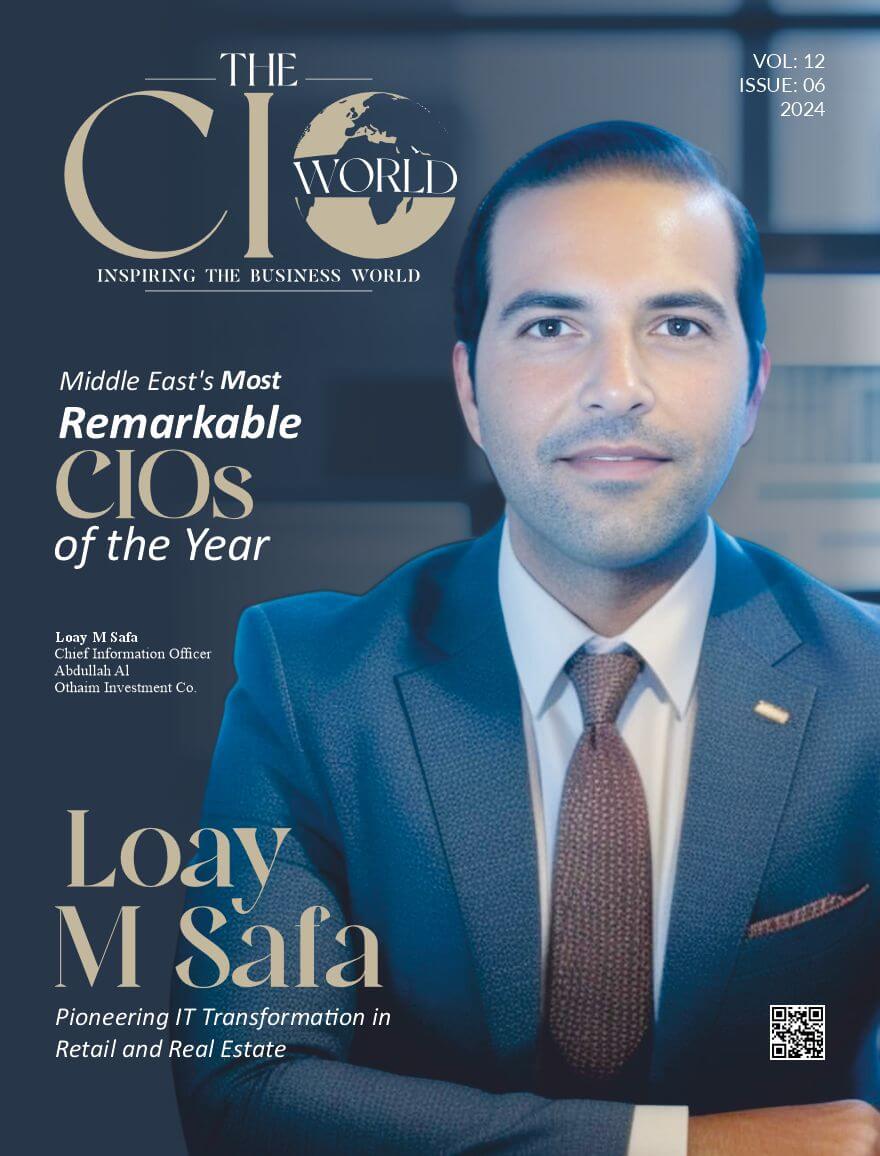A Journey Through Global Markets, Wealth Management, and a Retail PE Revolution!
Passion is the driving force that transforms a job into a fulfilling career, and nowhere is this more evident than in the dynamic world of private equity. Louis Flamand, Chief Investment Officer at Altaroc, stands as an example of the transformative power of following one’s passion in the realm of long-term investments.
Beginning his professional journey in audit and management consulting, he swiftly pivoted towards his passion for the private equity asset class. His trajectory took him from Ernst & Young’s transaction services team in Paris to Quartilium Funds of Funds, where he covered PE strategies across Europe, the U.S., and Asia.
Louis’s global odyssey continued as he moved to London in 2013, co-heading the private markets wealth management team at UBS. Managing a substantial global private equity portfolio, he played a pivotal role in selecting private market funds worldwide for the leading wealth manager’s global private client base.
For over eight years, he headed the London-based PE team at MetLife Investment Management, overseeing primary commitments and equity co-investments in Europe and Asia. With a portfolio exposure of $5 billion out of the firm’s $20 billion total exposure to private equity, he became a key member of MetLife’s global Private Equity investment committee.
Now, Louis embarks on a new chapter at Altaroc, a retail fund of funds. Believing that the private equity asset class is mature enough to enter the retail market, he is captivated by Altaroc’s vision—a retail revolution that provides private clients access to top-tier private equity funds under the same conditions as institutional investors. With co-founders Maurice Tchenio and Frederic Stolar, both industry pioneers, he is set to leverage his wealth of experience to spearhead Altaroc’s mission and revolutionize the private equity landscape for private clients.
Below are the highlights of the interview:
Could you please brief us about your company and its inception story?
Altaroc was born from a shared vision. We believed it was time to democratize access to institutional-quality Private Equity, enabling individuals to tap into the potential of this asset class. Maurice Tchenio first embarked on this mission when he created Altamir in 1995. Altamir provides
individuals with access, through a publicly listed fund, to the performance of the Apax and Seven2 (formerly Apax France) funds, along with co-investment opportunities. Frederic Stolar, on the other hand, had been managing capital from wealthy families at Sagard and shared the conviction that the benefits of Private Equity should extend beyond the wealthiest families.
Altaroc provides access to institutional Private Equity through annual funds-of-funds, with 80% committed to 5-7 buyouts and/or growth equity funds and 20% allocated to equity co-investments. Our entry point starts at €100,000 for our Altaroc annual fund-of-funds and a mere €1,000 for our Altalife fund-of-funds, accessible through liquidity-guaranteed life insurance contracts in France. Operating under a B2B2C model, we reach retail clients through independent financial advisors and private banks. This approach has resulted in Altaroc raising over €820 million in just over 22 months in France alone. Our sights are now set on expanding geographically, targeting the Swiss, UK, Italian, Benelux, and German markets.
How do you approach investment strategy development and implementation, and what factors do you consider when evaluating potential investment opportunities?
Our strategy consists of investing globally solely in buyout and growth equity funds, which, we believe, offer the best risk/return profile for private clients. We seek to build annual portfolios of 5-7 funds meeting the following criteria: (i) sector exposure: 50% technology and technology-related services, 20% healthcare, 20% services, and 10% consumer; (ii) geographical exposure: 45% Europe, 45% U.S., 10% Asia and the rest of the world; (iii) market segment exposure: primarily exposed to the middle market that offers high-value creation potential and multiple exit routes. Factors we consider when evaluating potential investment opportunities include (i) the size and quality of
the organization: we want to back rock-solid organizations with at least 50 professionals and 3bn of AuM, with strong internal sector and operating expertise; (ii) track records: the manager should have a deep track record that proves its capacity to generate a net performance in excess of 2x with a low loss rate. Our due diligence will then focus on validating that this past performance is repeatable in the future. We specifically like to back managers who have developed value-creation playbooks that encompass all the best practices they have developed during their long manager experience.
How do you manage risk in your investment portfolio, and can you share an example of a successful investment decision you made as a Chief Investment Officer?
We believe that the key risk in Private Equity fund investing is team risk. The smaller the team, the higher the risk. If you back a team of 12 professionals and the top 2 key senior professionals leave the firm, triggering a key man clause, your investment can really be in trouble. We hence avoid taking a material team risk: (i) we only invest in funds of more than $1 billion in size; (ii) we back rock solid organizations, as I explained before, with a low key person risk.
To invest in the lower middle market, which is typically covered by small funds and hence small teams, I decided to invest in lower mid-market funds that are part of bigger platforms. More than a decade ago, as PE managers in the US started to raise larger flagship funds, becoming too large to invest in the lower end of the mid-market where they had been successful in the past, some of them decided to launch a smaller fund with a dedicated team focused on the lower mid-market. This type of fund that belongs to a larger platform has a lower team risk because, should something happen to its small dedicated team, the manager can transfer resources from the flagship fund to this smaller fund. Compared to a small independent lower mid-market fund, this fund’s team risk and hence risk profile is much lower, and its return profile is actually higher as it benefits from the deep track record, “large cap quality” processes, sector expertise, and operational expertise of the large flagship fund. I have made several successful investments in such funds in Europe as this theme that started in the more mature US market arrived in Europe.
We also obviously manage risk through the diversification of our funds. With 5-7 funds in an annual fund of funds, our portfolio is probably more concentrated than the portfolios of institutional funds of funds, but this allows us to be very selective, and we tend to invest in funds that are quite diversified in terms of number of investments. On the co-investment side, we also target solid businesses in the best sectors of expertise of the managers we invest with.
How do you stay informed about market trends and changes in the investment landscape?
We meet with Private Equity managers very regularly. We have regular update calls with our existing relationships and deal flow meetings, and we often travel across Europe and the U.S. focusing exclusively on meeting managers. This is the best way to stay close to the market and identify market trends. We also have frequent interactions with placement agents in order to identify future investment opportunities and be aware of changes in the investment landscape.
What metrics do you use to assess the performance of your investment portfolio?
Key performance metrics are TVPI, DPI, and Net IRR, as these are net of fees and carried interest paid to the managers. We pay a lot of attention to the investment rate of the funds we invest in, as we want our client commitments to be fully invested in portfolio companies to reduce their gross-to-net performance spread. We hence invest with managers, who typically invest more than 100% of their
funds by recycling management fees and expenses. As such, we also monitor the “Total Value/Fund Size” performance metric, which should ultimately exceed the “Total Value/Paid In (TVPI)” metric thanks to recycling.
How do you collaborate with other departments or teams within the organization to align investment strategies with overall business goals?
At Altaroc, we all work closely together in a single office in Paris. At this stage of our development, we only focus on buyout and growth equity strategies, but we expect to launch new products in the future. Working closely with our fundraising team is essential for us to design the right products.
How do you adapt your investment strategies to changing market conditions?
One cannot time the market with a PE fund of fund program, as a PE fund will typically be invested over 5 years, i.e. with 5 entry points in different market conditions, and divested over the next 5 years, i.e. with 5 exit points in different market conditions, so that one cannot second guess which vintage will be best and which strategy will outperform for a specific vintage. Ultimately, it is the PE fund manager who controls the investment and exit timing, not the fund of fund manager. We focus on what we believe are the two most attractive PE strategies from a risk/return profile standpoint: buyout and growth equity, and we will not change our focus because of different market conditions. However, since the recent surge in interest rates, we have been paying even more attention to PE managers’ value creation levers when selecting funds, focusing on managers whose past strong returns have been generated with low levels of financial leverage.
What challenges do you face as a Chief Investment Officer, and how do you overcome them?
Investing annual PE funds at the same time as they are being raised can be challenging. We have the capacity to warehouse half of the portfolio, so we typically select 2–3 funds just before launching the fundraising for our new vintage to provide some portfolio visibility to our clients. We then commit to the remaining funds we have selected for that specific vintage towards the end of the fundraising. This implies knowing precisely the fundraising timing of all target funds in the market and constantly speaking with managers, as these timings can evolve rapidly. Investing in only 5-7 funds per year is also actually challenging, as we need to analyze a large number of opportunities and benchmark them precisely to ultimately select the very best ones. I also need to source equity co-investments, which can be a challenge with a more concentrated portfolio. I make sure that a material share of the funds we invest offers enough co-investment opportunities for us to allocate 20% of our annual fund of funds to equity co-investments.
Can you provide insights into the future trends and innovations in the investment industry that you anticipate?
Altaroc stands at the forefront of the Retail Revolution in Private Equity, offering retail investors unprecedented access, returns, and technology-driven convenience. The Retail Private Equity endeavor faced multifaceted challenges: the need for capital, technological innovation, and a breadth of competencies encompassing digital, investment, marketing, education skill sets, and regulatory understanding. Technology plays a pivotal role in this Retail Revolution. Only the highest-quality digital solutions empower retail funds-of-funds to:
- Seamlessly manage capital calls, distributions, and reporting via mobile platforms, for a much higher number of clients than for institutional funds of funds.
- Educate financial advisors and retail clients through immersive videos and a sophisticated fintech ecosystem, fostering a deep understanding of our asset class.
- Create a dynamic marketplace for clients to buy or sell in the secondary market.
Altaroc’s fully digitalized offering enables private individuals to commit to our funds-of-funds in 7 minutes. We’ve streamlined capital call management, with 20% of the commitment initiated at closing and subsequent 10% calls on March 31st and September 30th each year until the full commitment is reached.
We recognize that we are in the nascent stages of this revolution. The “Retail Revolution in Private Equity” challenges the established institutional order. Some institutional LPs fear that retail capital inflows may dampen returns. However, I believe it will fuel the future growth of the asset class, enhancing its sophistication and institutional quality across managers. This revolution is positive for all, as Private Equity remains a driving force for the economy and society, fostering job creation and economic growth.
What advice do you have for aspiring Chief Investment Officers or those looking to enter the investment field?
I am passionate about Private Equity and long-term investments. I am not sure I would have enjoyed a CIO role if it had not been focused on private markets. I simply believe that in order to succeed, one needs to enjoy one’s job. My advice to any aspiring CIO would be to try to join a company that focuses on the asset classes he or she is passionate about.


